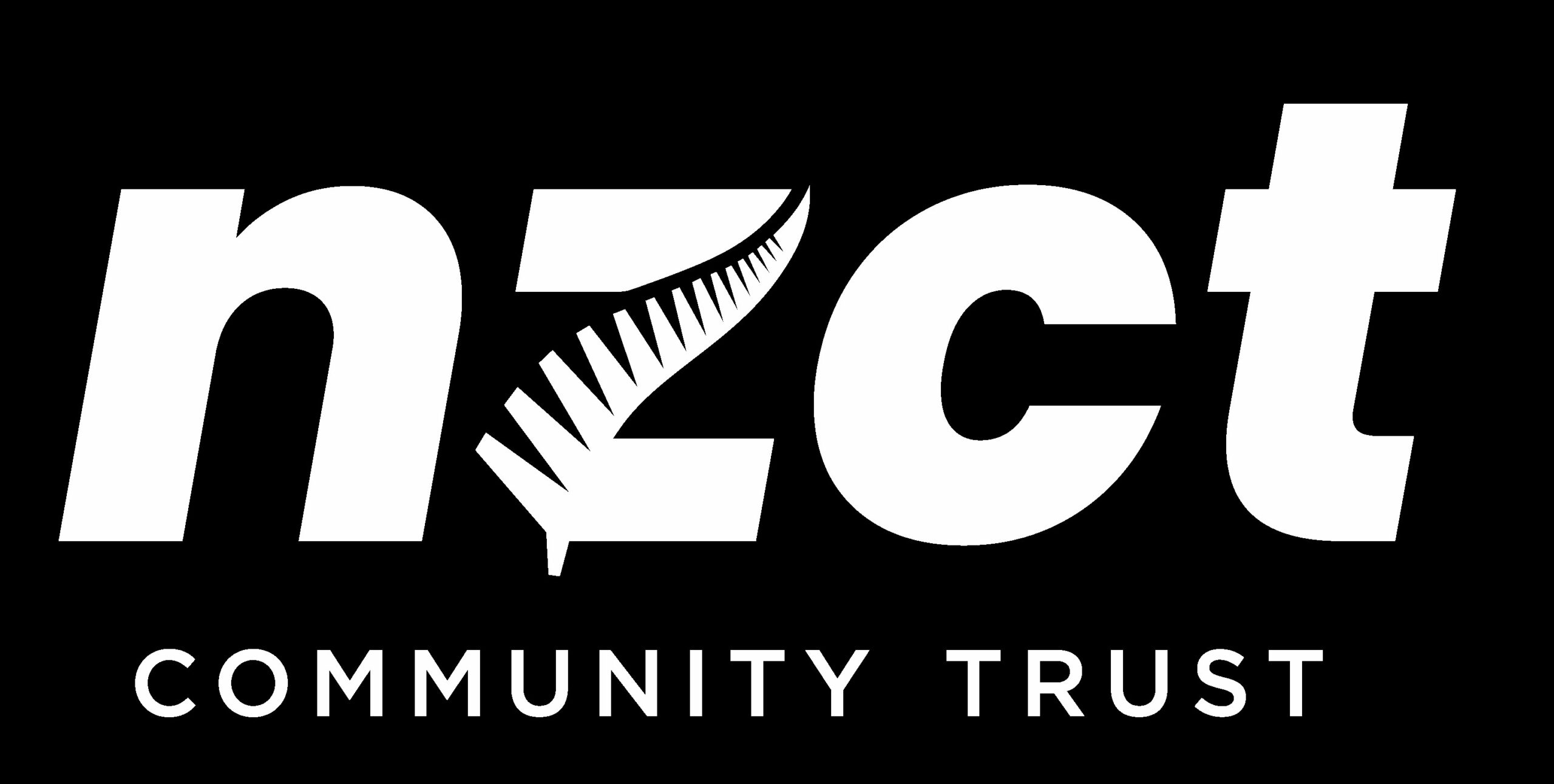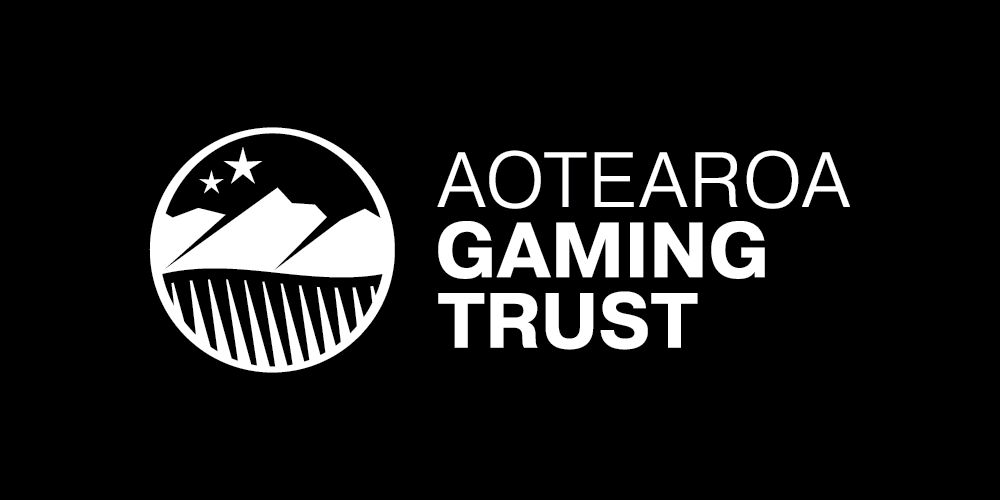The Paralympic Games are a celebration of human strength, perseverance, and the power of sport to transcend barriers. Leveraging technology plays a pivotal role not only in levelling the playing field but also in redefining the boundaries of human potential. As we witness a rapid surge in innovation, this technology not only enhances the athlete’s performance but also extends the spirit of inclusivity to the broader community.
As we head towards the Paris 2024 Paralympic Games, let’s take a closer look at the diverse technological advancements empowering Paralympians and fostering a more enriching experience for all involved in the movement.
Assistive Technologies in Sports
Prosthetics and Orthosis Evolutions
The field of prosthetics and orthotics has seen remarkable advancements, fuelling breakthroughs in sports performance. Innovations such as high-energy return composite materials, computer-aided design for customised fits, and intuitive interfaces between body and machine have revolutionised the way Para athletes interact with their environments.
Leading the charge is the Ossur ‘Blade’, a carbon-fibre prosthetic that replicates the function of a human calf and foot, providing spring-like propulsion for sprinters and long-distance runners. Meanwhile, the customisable nature of these prosthetics allows for fine-tuning that suits an individual’s unique biomechanics, offering unparalleled comfort and control.
Groundbreaking Wheelchair Designs
Wheelchair sports have carved out a significant niche in the Paralympic Movement, and emerging technologies have resulted in lighter, more aerodynamic, and agile designs. The evolution from rudimentary steel constructs to sleek, high-performance models with precision engineering has notably improved manoeuvrability and speed.
The Invacare Top End Eliminator OSR Racing Wheelchair, for example, embodies this next-generation leap with its ultra-lightweight structure and exceptional rigidity. This amalgamation of superior materials and ergonomic design enables track and field athletes to reach unprecedented speeds and efficiency, pushing the boundaries of what is physically possible.
The wheelchairs used in Para sports are suited to fit athletes’ bodies and their impairments, depending on their sport, and allow them to maximise their performances in competitions. This means that a wheelchair used by a sprinter will be completely different to one used by a Wheelchair basketball player or a Wheelchair rugby player. Technology is playing a crucial role, helping to create unique and customised wheelchairs specific to both the Para athlete and the sport they participate in.
Sensor Technology and Data Analysis
Modern sports are increasingly data-driven, and Paralympians are no strangers to the power of analytics. Wearable sensor technology provides real-time performance metrics, enabling athletes and coaches to make informed decisions that can shave precious milliseconds off their times or add vital centimetres to their jumps.
In swimming, devices like the TritonWear system are transforming the drill, technique, and race analysis, with in-depth stroke and turn data available within moments of leaving the pool. Such insights are invaluable for refining training regimens and honing competitive strategies, leading to podium success.
Inclusive Technology for Spectators: Enhancing Engagement
Audio Descriptions and Beyond
Spectators with visual or auditory impairments face unique challenges when consuming sports content. The implementation of audio descriptions, sign language interpretation, and high-contrast visuals enhance their experience and ensure the Paralympic festivity is accessible to all.
In sports broadcasting, advancements like Dolby’s Atmos Audio and the extensive use of descriptive language paint a more vivid picture. This is complemented by sign language interpreters who share the limelight, ensuring a more profound connection with the event for the Deaf and hard-of-hearing community.
Virtual Reality Journeys
In an era of experiential entertainment, virtual reality (VR) has emerged as a powerful tool for creating inclusive and engaging spectator experiences. Through specially curated VR content, fans can step into the shoes of Paralympians, witnessing their challenges and triumphs firsthand.
Organisations like the International Paralympic Committee (IPC) have employed VR to offer unparalleled insights into Paralympic experiences, fostering empathy and sparking inspiration among viewers. These immersive journeys not only entertain but educate, propagating understanding and appreciation for diverse athletic pursuits.
And it’s not just the fans that are benefitting from virtual reality. Our very own Paralympian, Para Alpine skier Adam Hall, used virtual reality technology as part of his training for the Beijing 2022 Paralympic Winter Games, helping him to achieve a podium finish in the super-combined event.
Event Accessibility Apps
Every Paralympic Games witnesses the rollout of new and improved accessibility apps designed to aid spectators with disabilities. These apps offer comprehensive event information, including accessible routes, barrier-free facilities, and specialised services required by attendees with specific needs.
The Tokyo 2020 Accessibility Guidelines App set a new standard for providing detailed venue accessibility information, empowering attendees to plan their visit with confidence. This pioneering approach underscores the commitment to an accessible and enjoyable experience for all, reflecting a broader cultural shift towards inclusivity.
Impact on Athletes and the Disability Community
Technology as a Game Changer
For many athletes, the integration of technology has been a life-altering force, opening doors to opportunities that were once beyond reach. The Paralympic Movement stands at the forefront of this revolution, with innovative tools empowering individuals with disabilities to step into the spotlight and excel.
With devices like exoskeletons enabling paraplegic individuals to walk, or advanced wheelchair designs facilitating off-road adventures, technology is breaking the chains of physical limitation. This not only instils a profound sense of achievement and freedom but also signals a paradigm shift in society’s perception of disability.
More Than Just Medals
The technological advancements witnessed in the Paralympics have far-reaching implications beyond the sports arena. They are catalysts for social change, advocating for inclusivity and broader access to a fulfilling life for all members of the disability community.
By showcasing the capabilities of Paralympians through the lens of technology, the movement inspires inclusivity and encourages industry leaders to develop solutions that benefit the broader population. This ripple effect is expanding the horizons of what it means to live with a disability, fostering a world that values and harnesses diverse abilities.
Redefining Normalcy
Technology in the Paralympics is not just about enhancing performance; it’s about challenging societal norms and redefining the concept of ‘normal.’ By creating a platform where the extraordinary becomes commonplace, the Paralympics are instrumental in breaking down stigmas and stereotypes associated with disability.
The image of a sprinter crossing the finish line with the grace and speed of any world-class athlete or a swimmer gliding through the water with unparalleled precision resonates deeply. It communicates a powerful message that ability surpasses disability, and technology is the conduit that translates this truth into visible and tangible reality.
Conclusion: A Glimpse Into the Future
The symbiotic relationship between technology and the Paralympics is a beacon of hope and progress. As we look to the future, it’s clear that these advancements will continue to drive the movement forward, making sport more inclusive, competitive, and unparalleled in its ability to inspire.
The Paralympics are not just a testament to the human spirit; they are a living canvas where technology paints a more accessible, vibrant, and celebratory future for all.



























